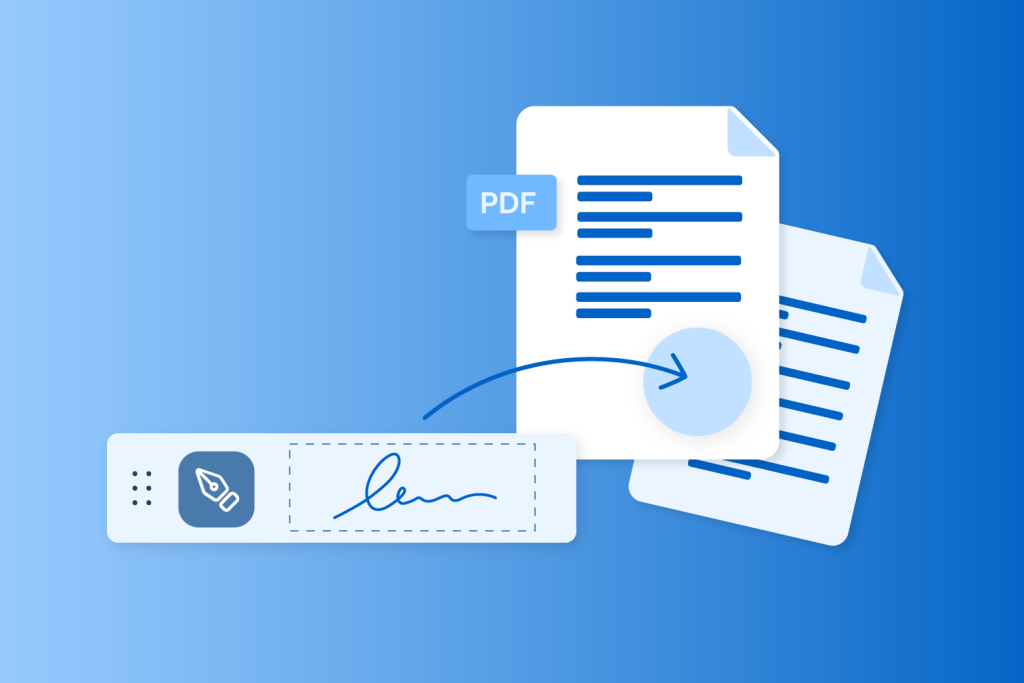In an increasingly digitized world, the security of documents and data has become a paramount concern. The conventional methods of document authentication, such as physical signatures and seals, are not only time-consuming but also susceptible to forgery and tampering. However, with the advent of technology, a new era of authentication has emerged, ushering in a more secure and efficient solution: the digital signature generator. The digital signature generator is a sophisticated tool that uses cryptographic principles to create a unique digital signature for electronic documents. Unlike a physical signature, which can be easily replicated, a digital signature is inherently secure and virtually impossible to forge. This innovation has redefined document security by providing authenticity, integrity, and non-repudiation in a single digital imprint. The generator utilizes a public and private key pair: the private key is held by the signer and is used to create the signature, while the public key is available to anyone who wants to verify the signature’s authenticity.

When a document is signed digitally, the generator applies a mathematical algorithm that produces a unique string of characters, the digital signature, which is based on the document’s content and the signer’s private key. This process guarantees that the document originates from the claimed source and has not been altered since its signing. Integrity, another vital aspect of document security, is also addressed by digital signatures. Any modification to the document’s content after the signature has been applied will result in a mismatch when the signature is verified. This alerts the recipient that the document has been tampered with, making it evident when unauthorized changes have been made. This feature is particularly crucial in industries such as finance, legal, and healthcare, where document integrity is paramount. Furthermore, the concept of non-repudiation, which ensures that the signer cannot deny their involvement, is a cornerstone of digital signature technology. With traditional handwritten signatures, it is possible for signers to later deny authorizing a document. Digital signatures, however, create a digital trail that links the signer to the document at the time of signing. This aspect has legal implications and holds up in court as evidence of agreement or consent.
The convenience and efficiency brought about by digital signature generators are also noteworthy. Physical signatures often require the physical presence of the signer, leading to delays in document processing and business operations. In contrast, digital signatures can be applied remotely, enabling quick transactions and collaborations across geographical boundaries. This is especially advantageous in today’s globalized business environment. The e sign Generator has ushered in a new era of authentication by redefining document security. Its cryptographic principles ensure authenticity, integrity, and non-repudiation of electronic documents. As businesses and individuals continue to transition towards digital processes, the significance of secure and efficient document authentication cannot be overstated. The digital signature generator not only streamlines workflows but also provides a level of security that traditional methods cannot match. As this technology continues to evolve, it is likely to become an even more integral part of the digital landscape, transforming the way we handle, share, and trust electronic documents.
